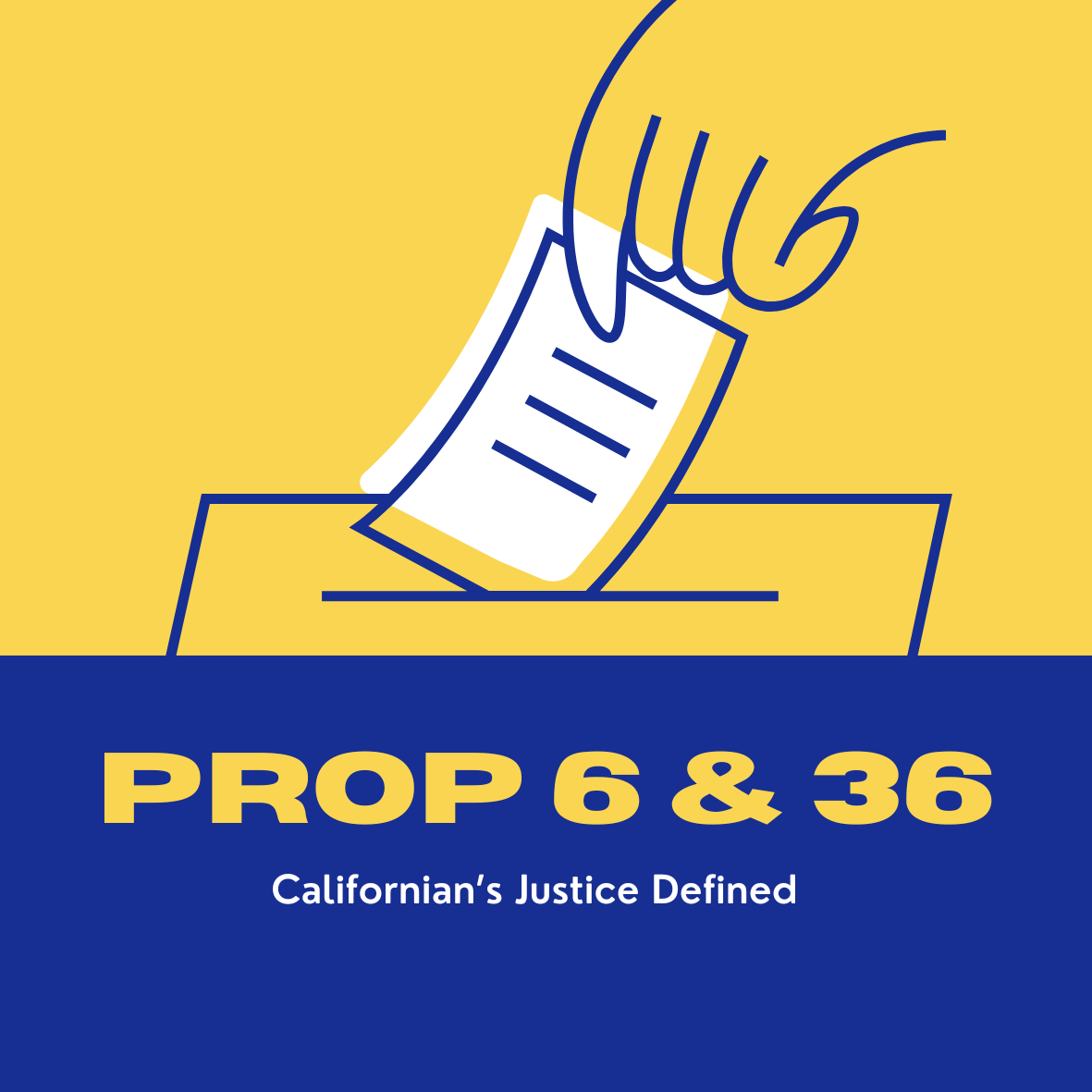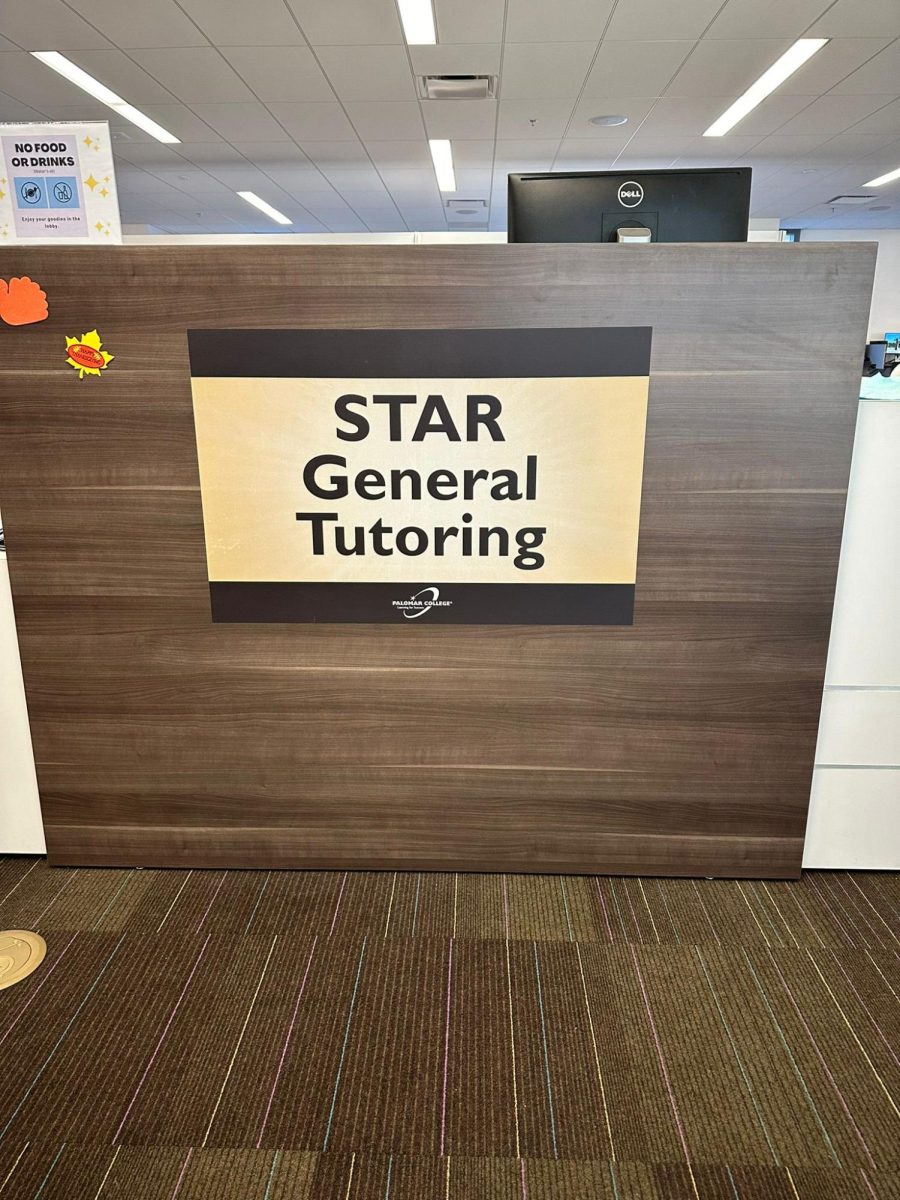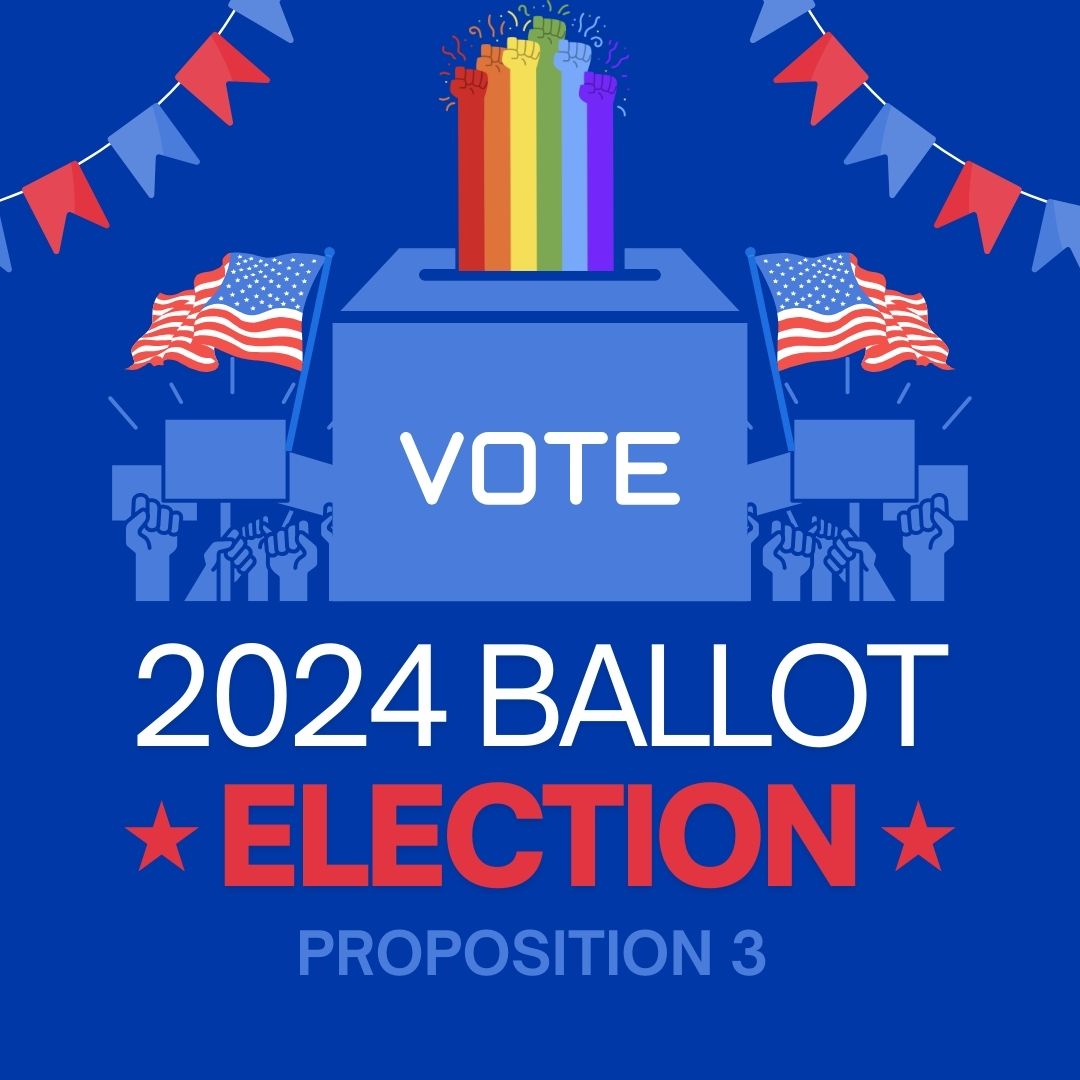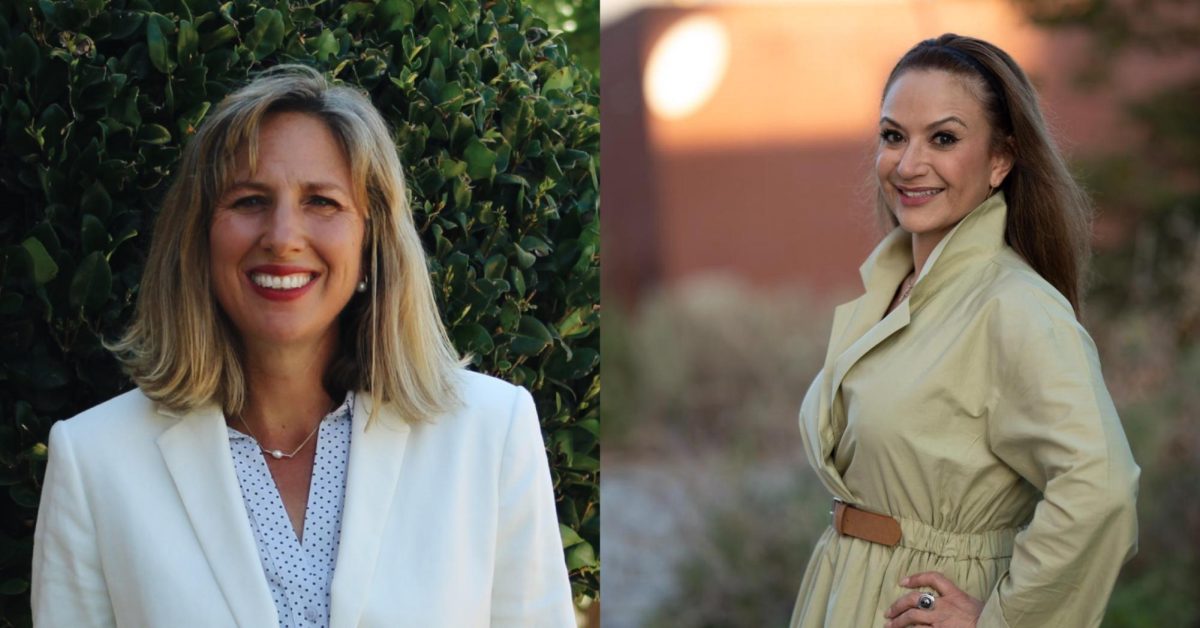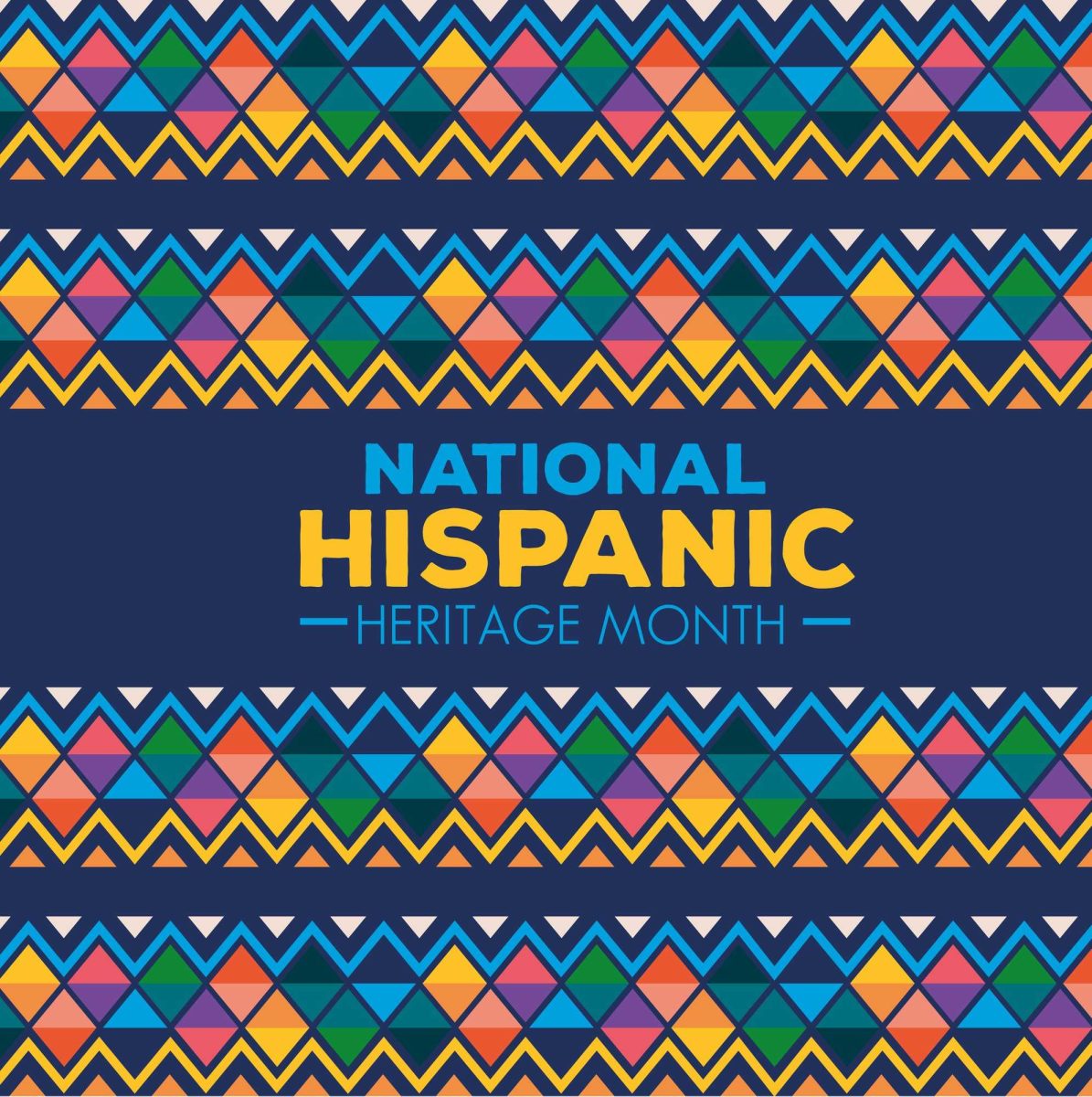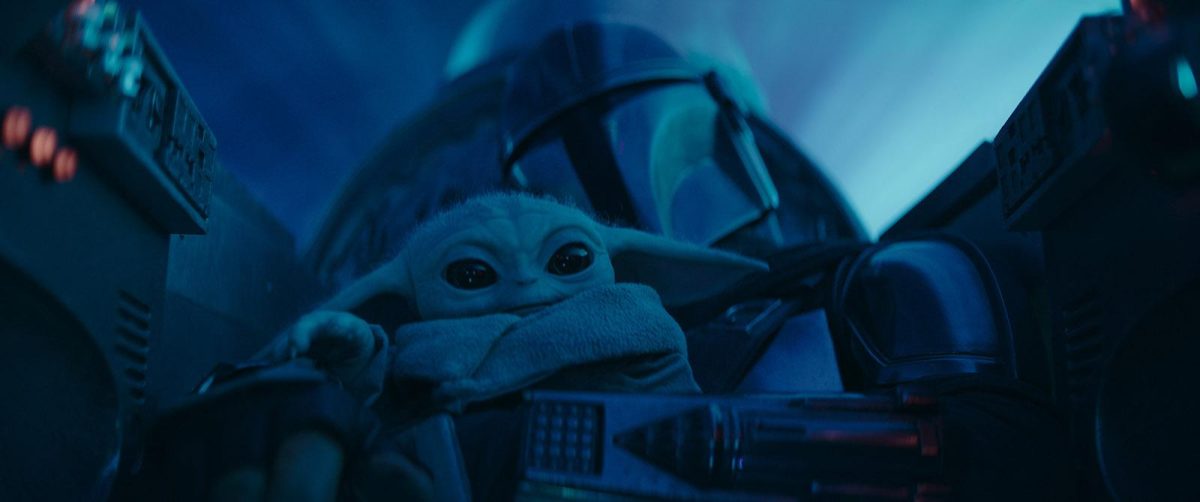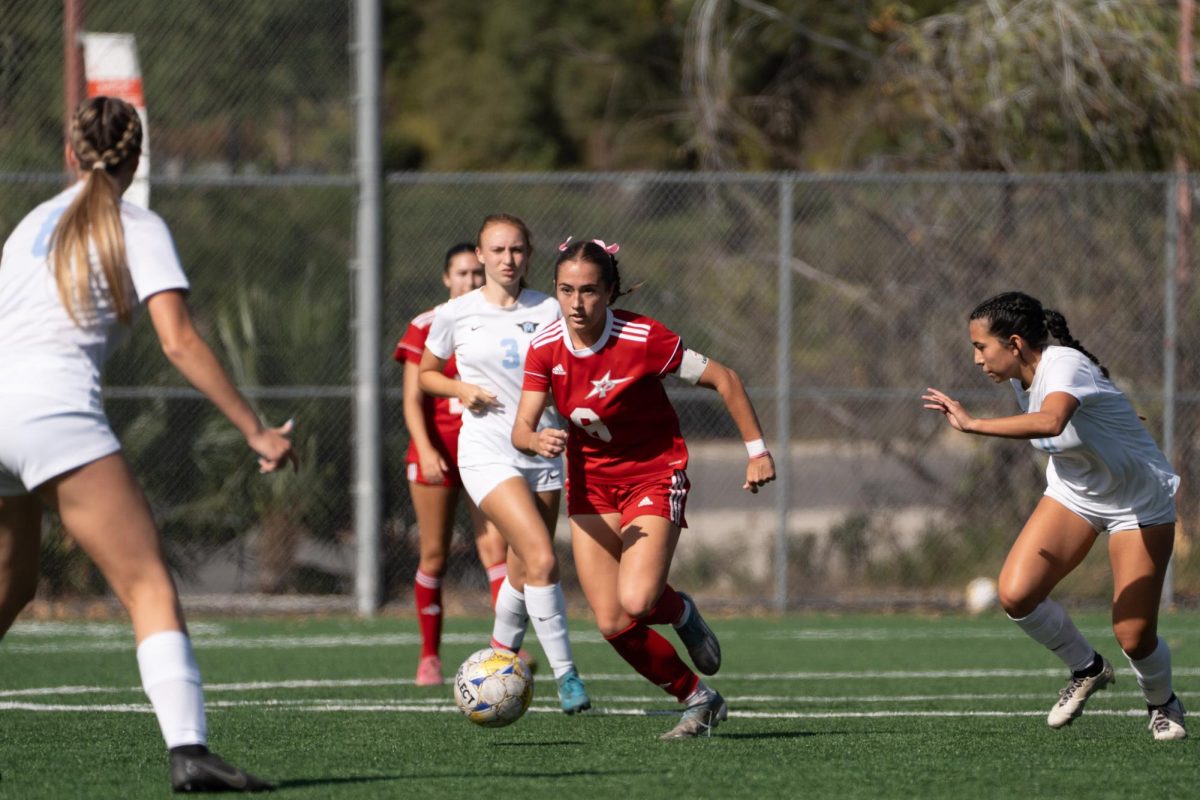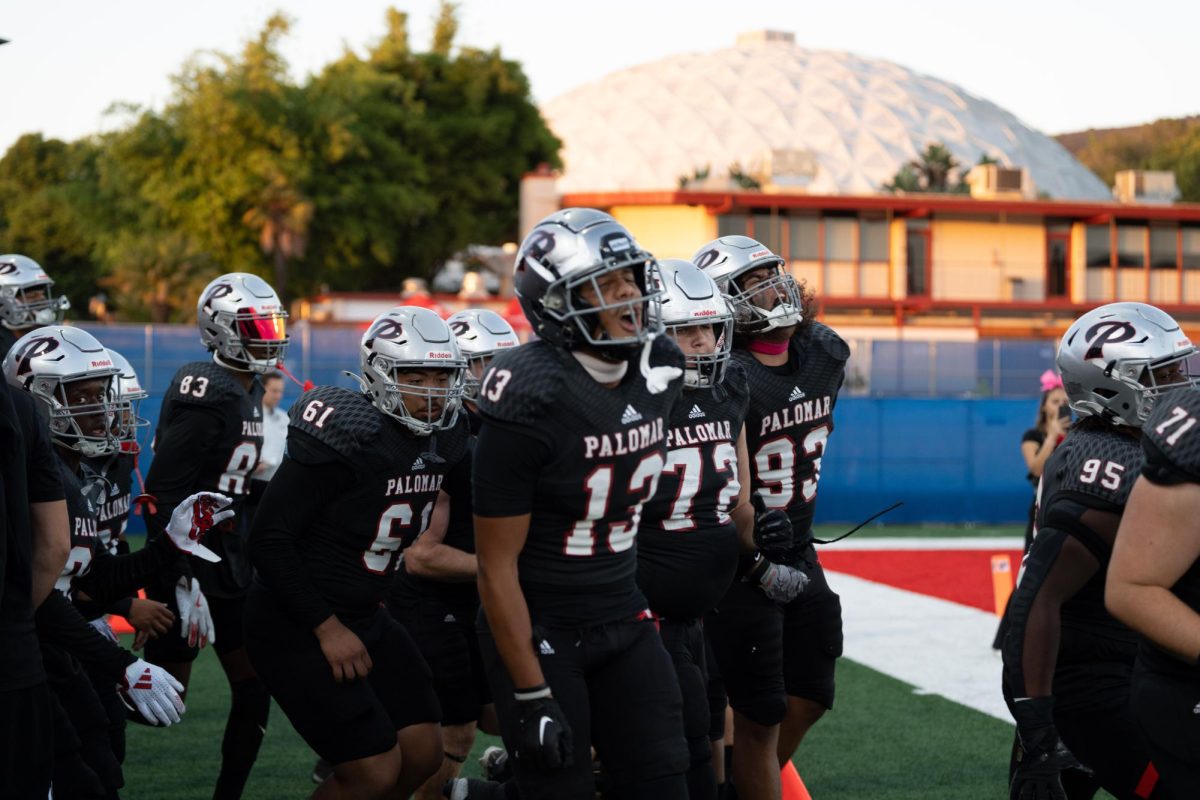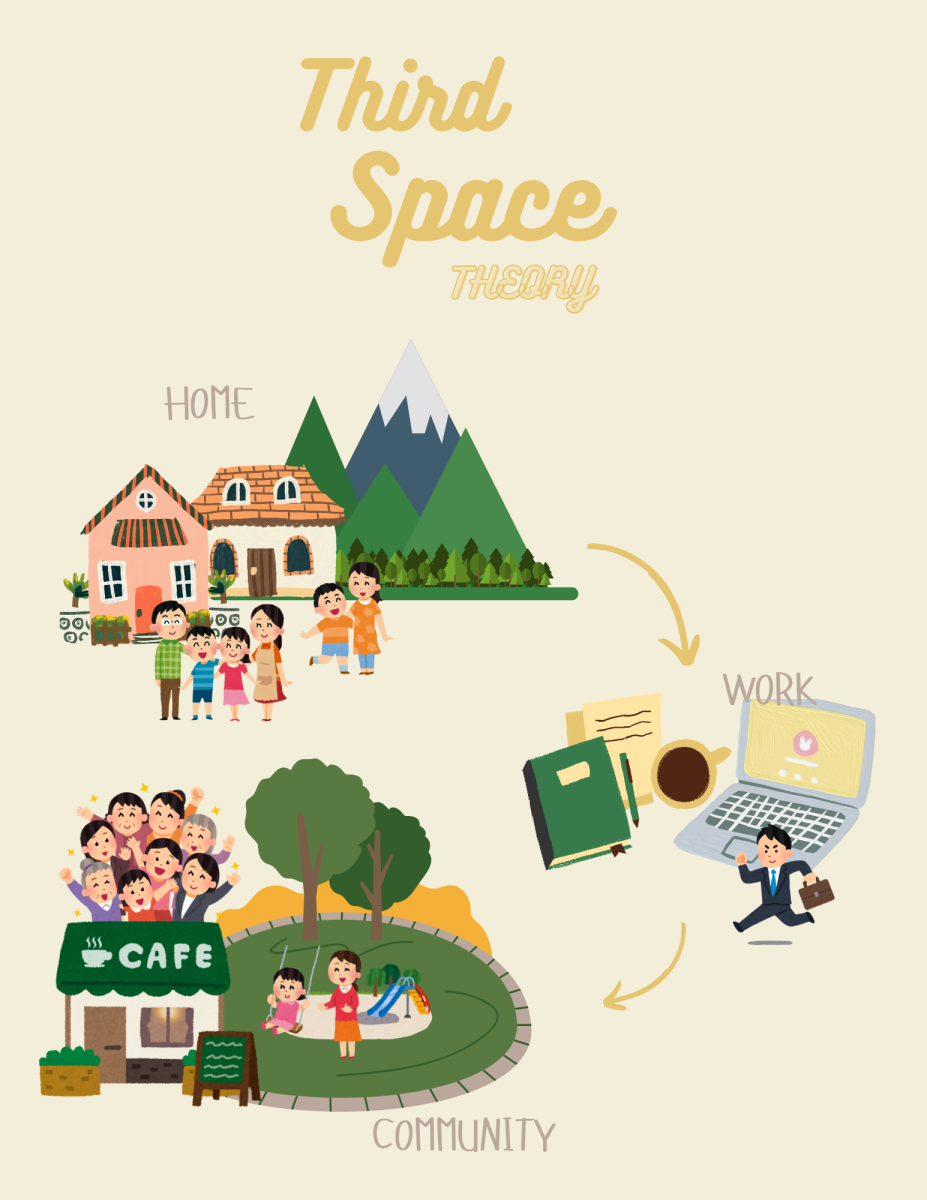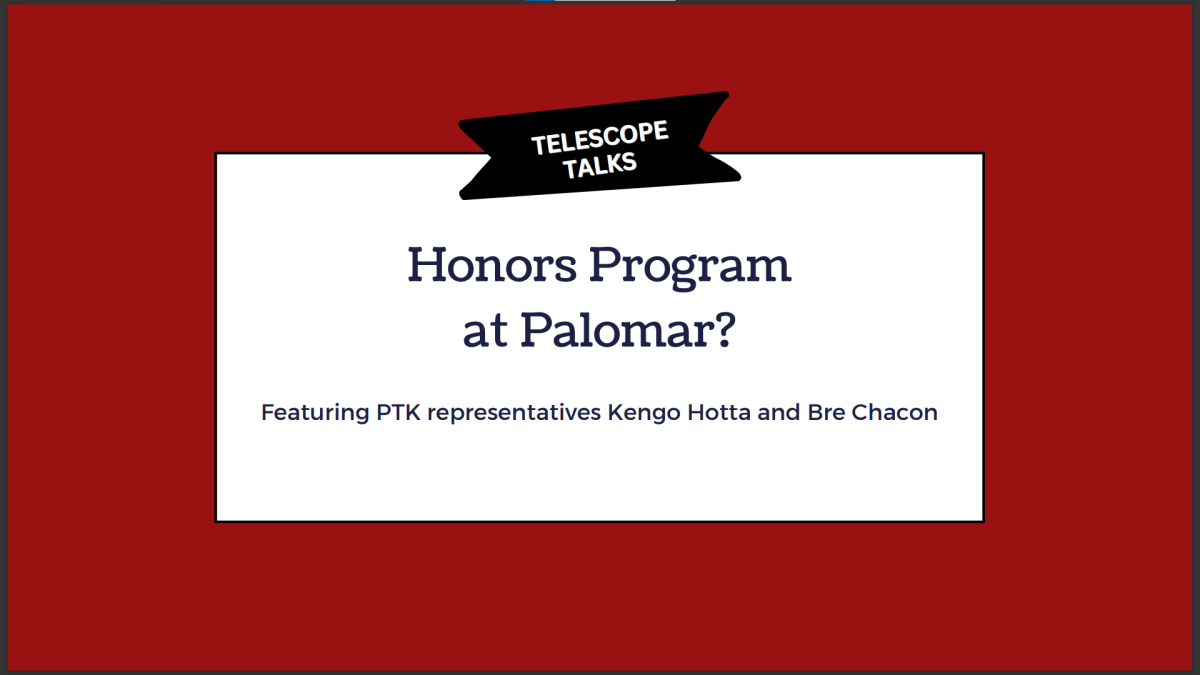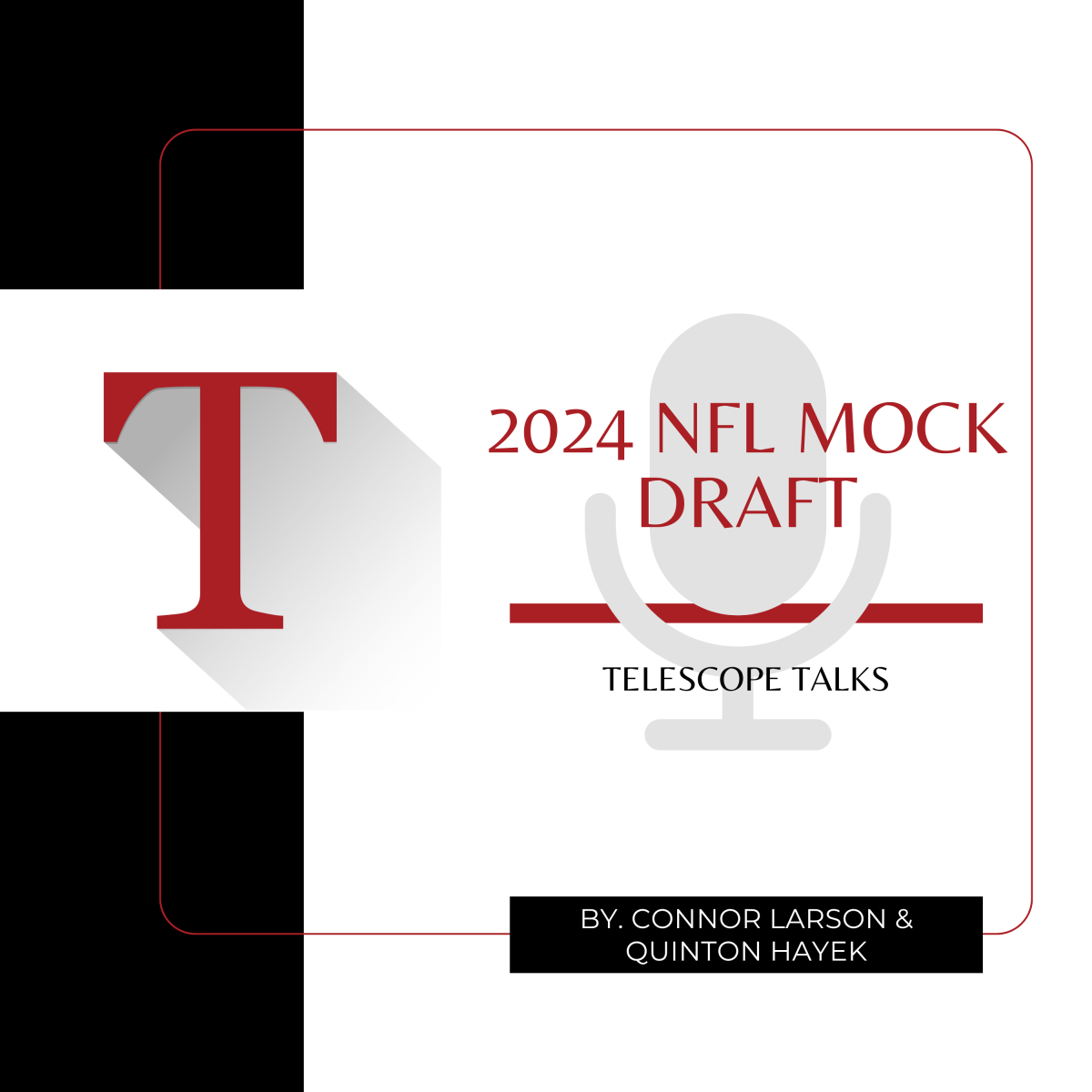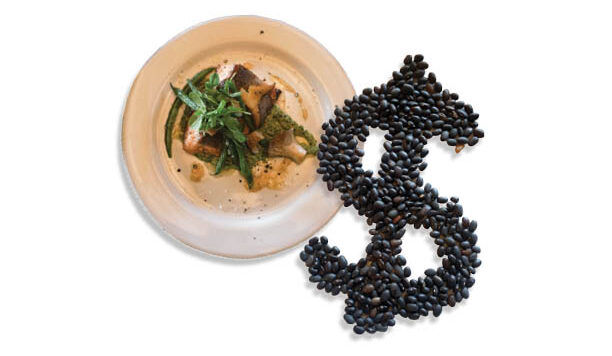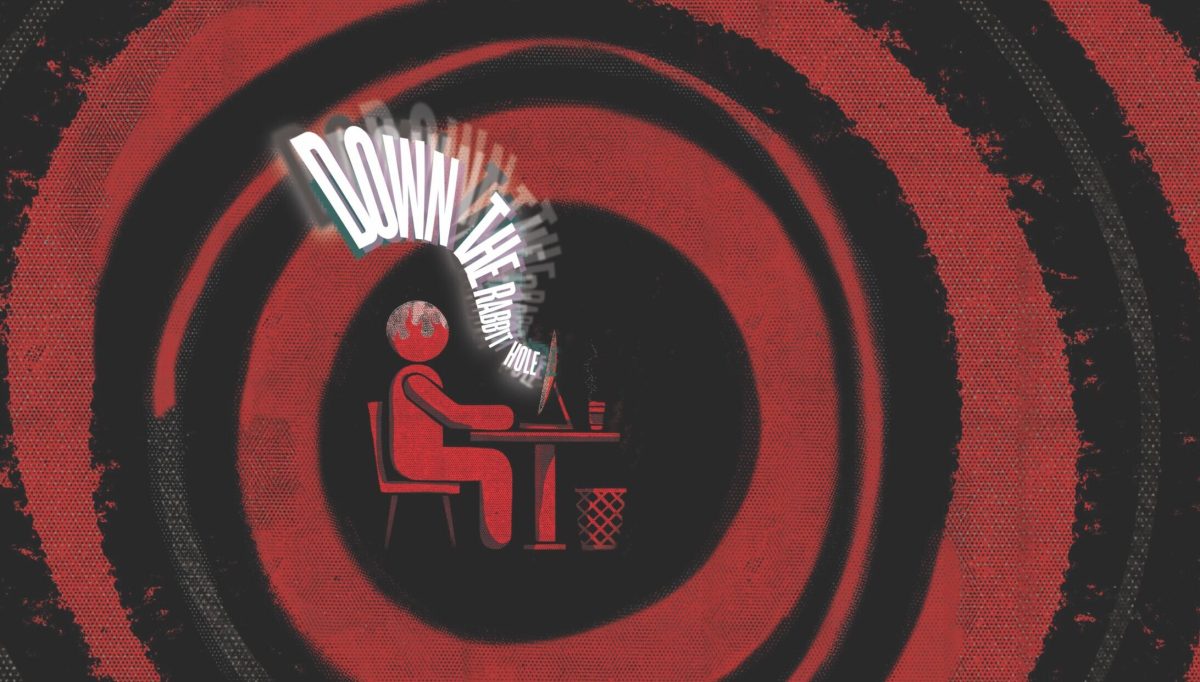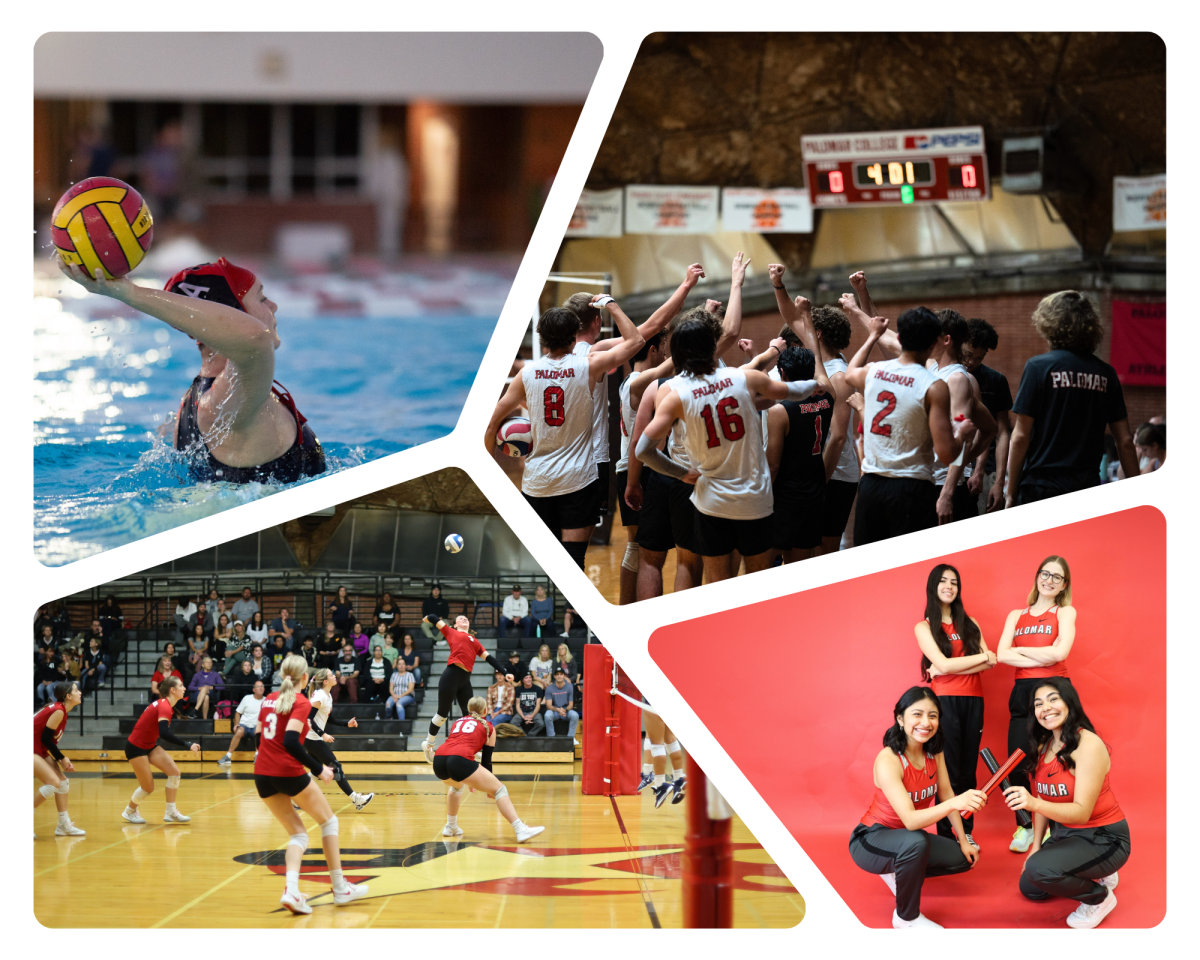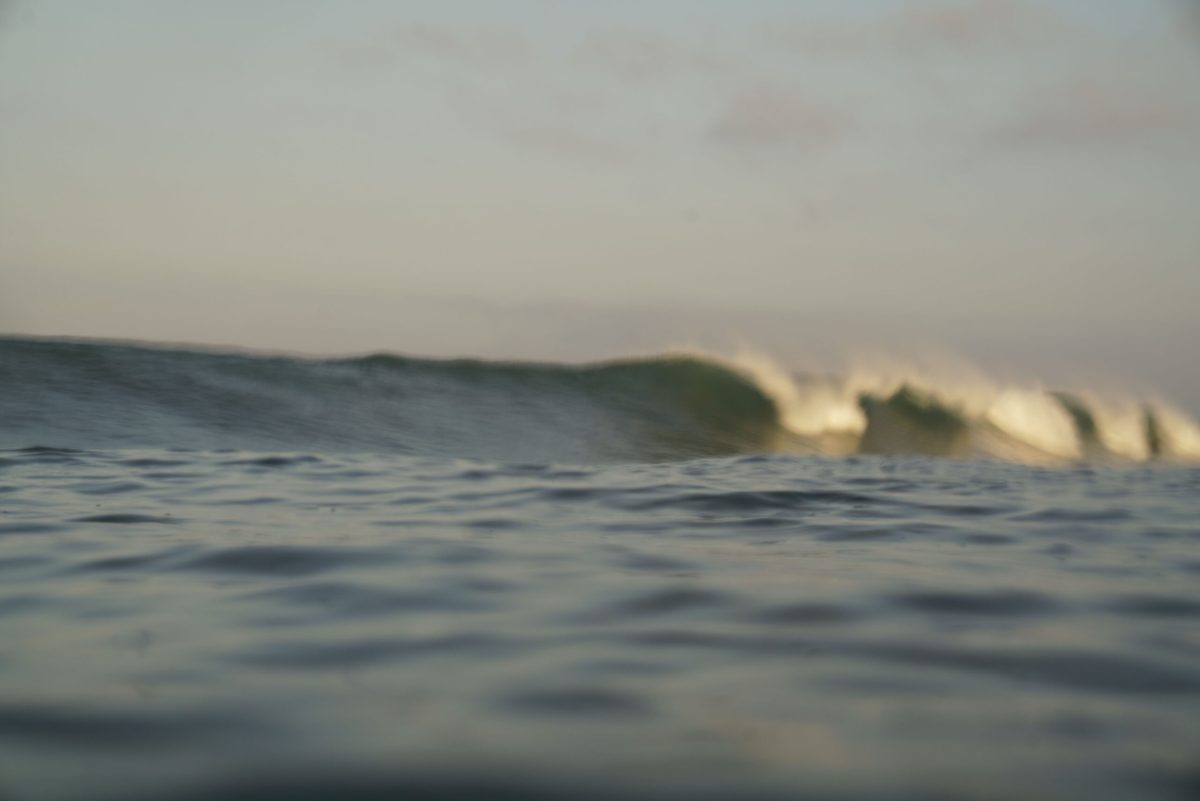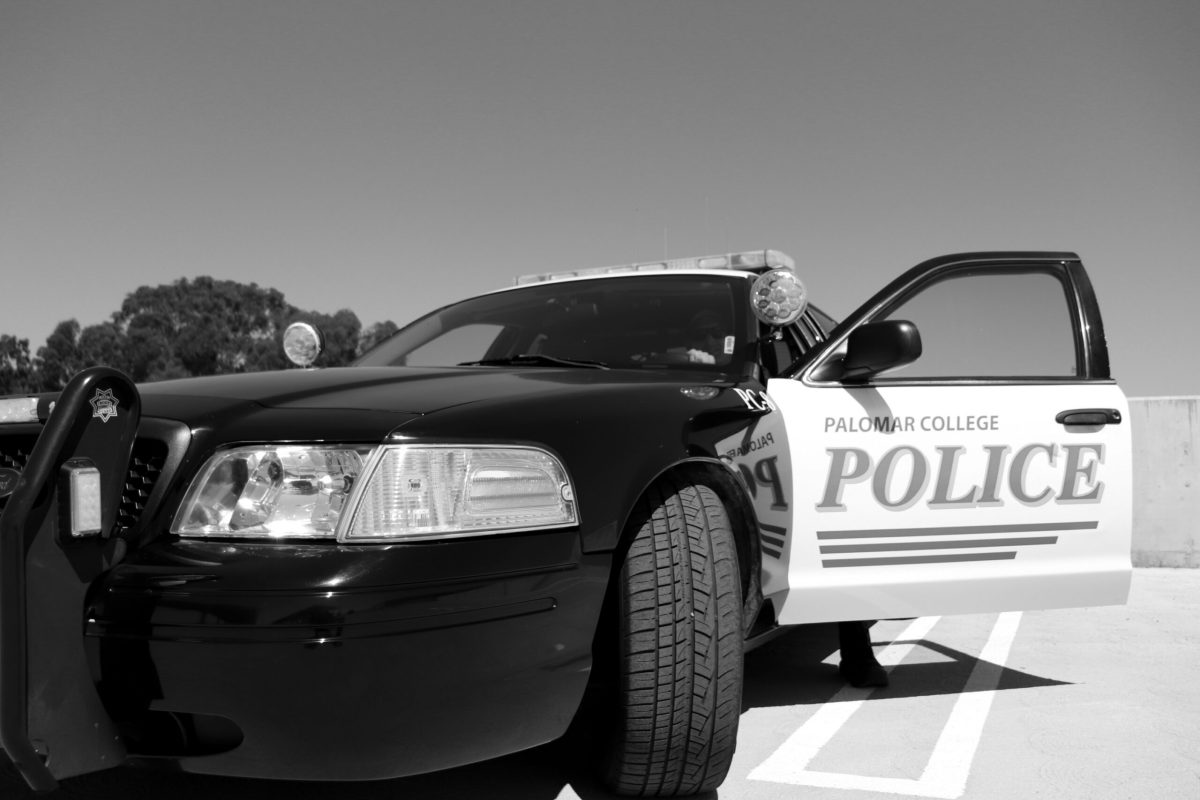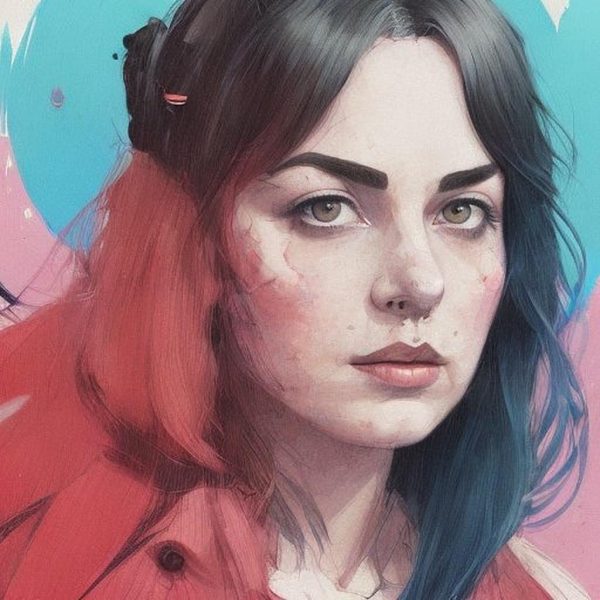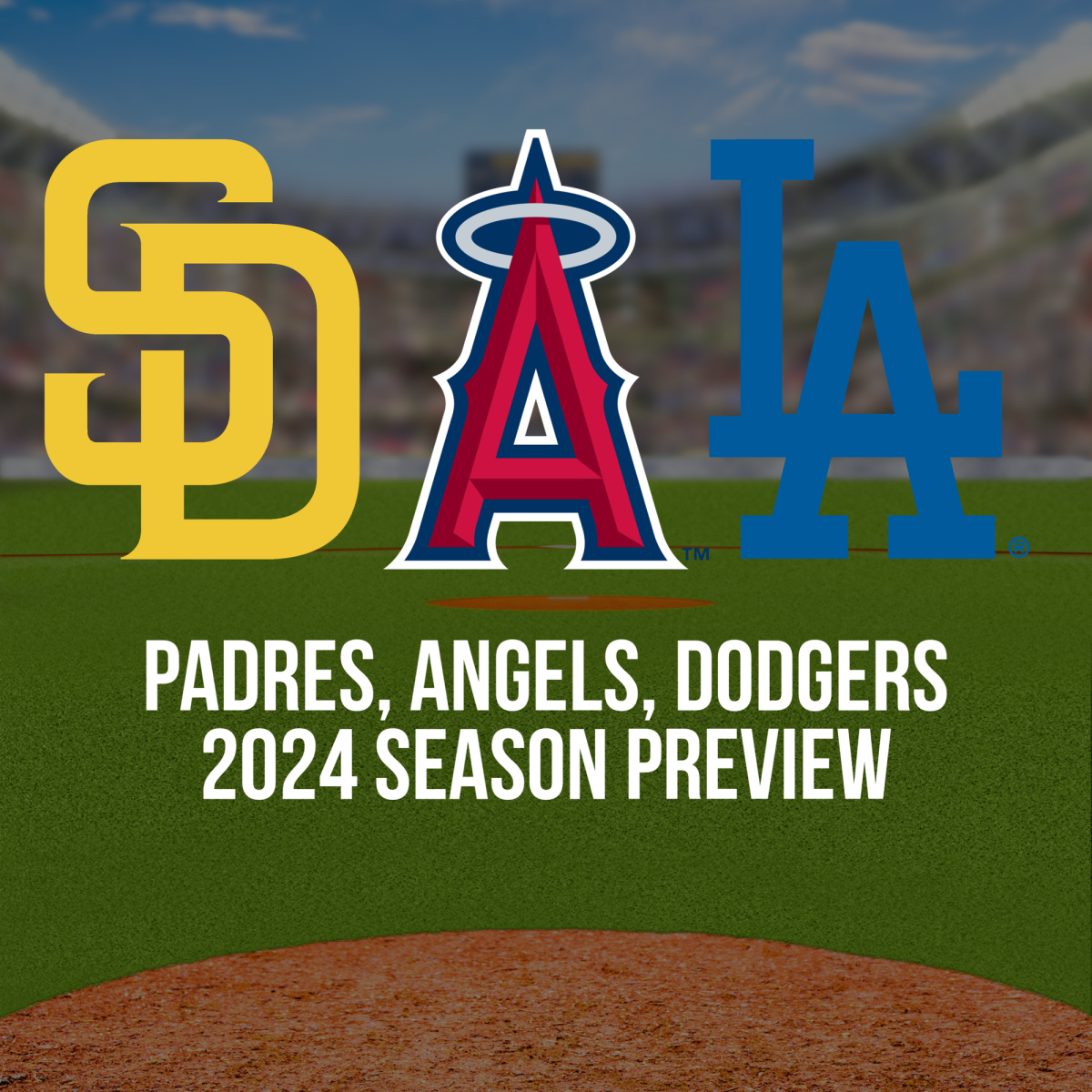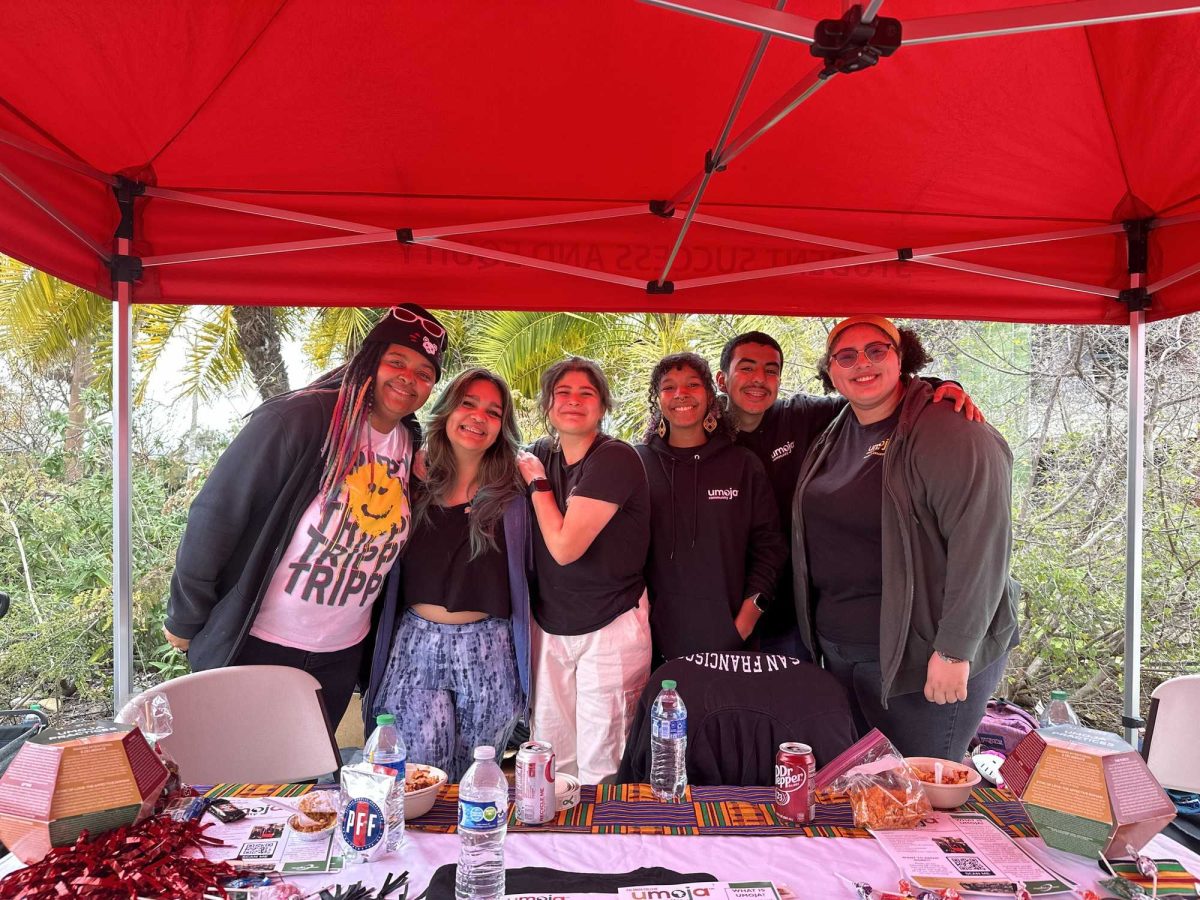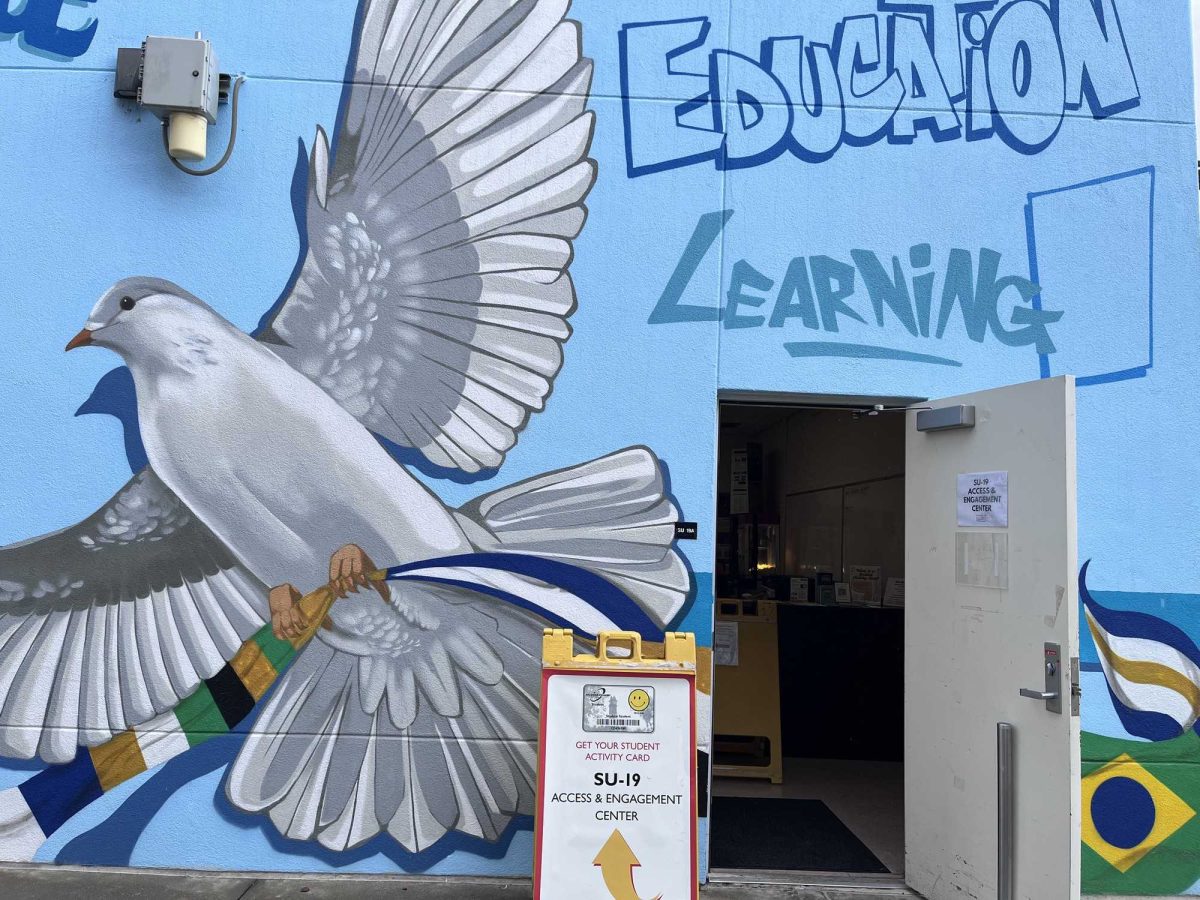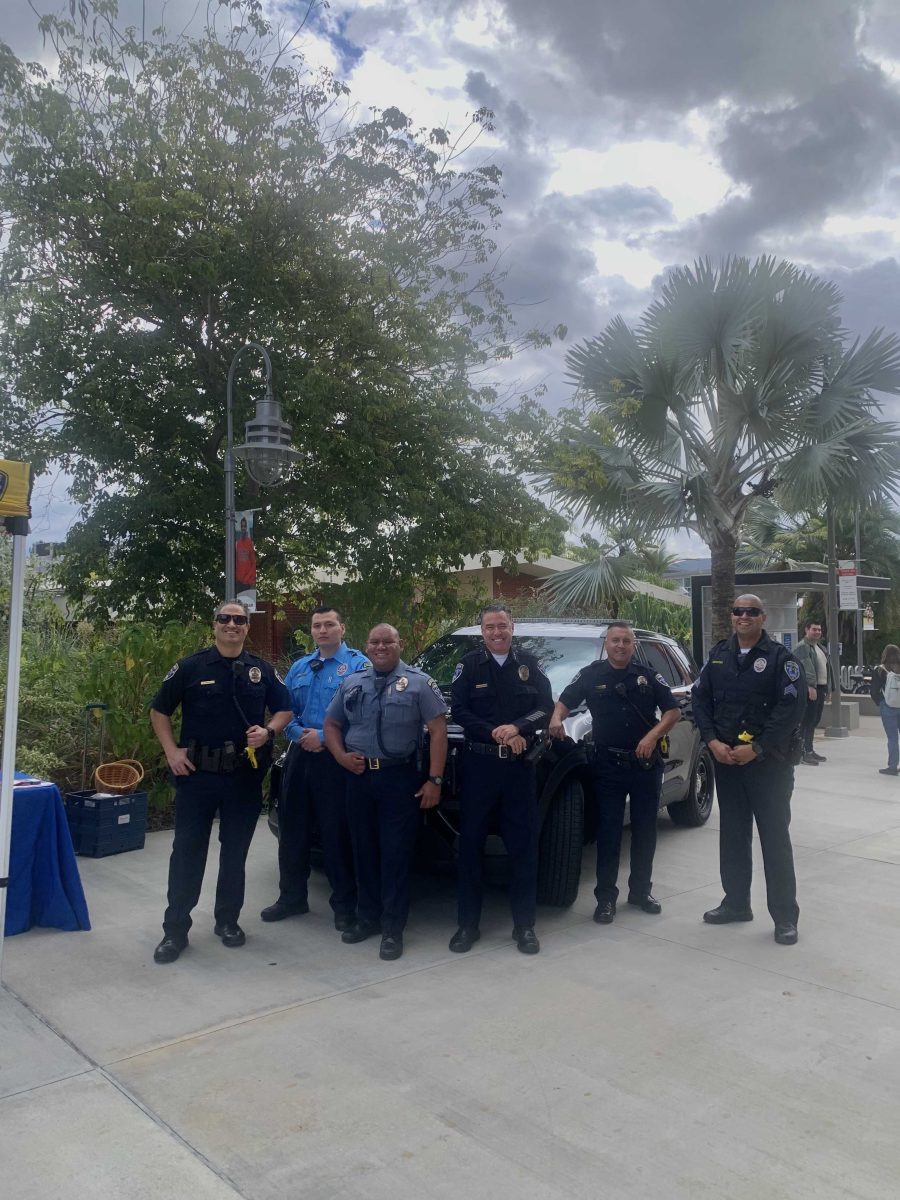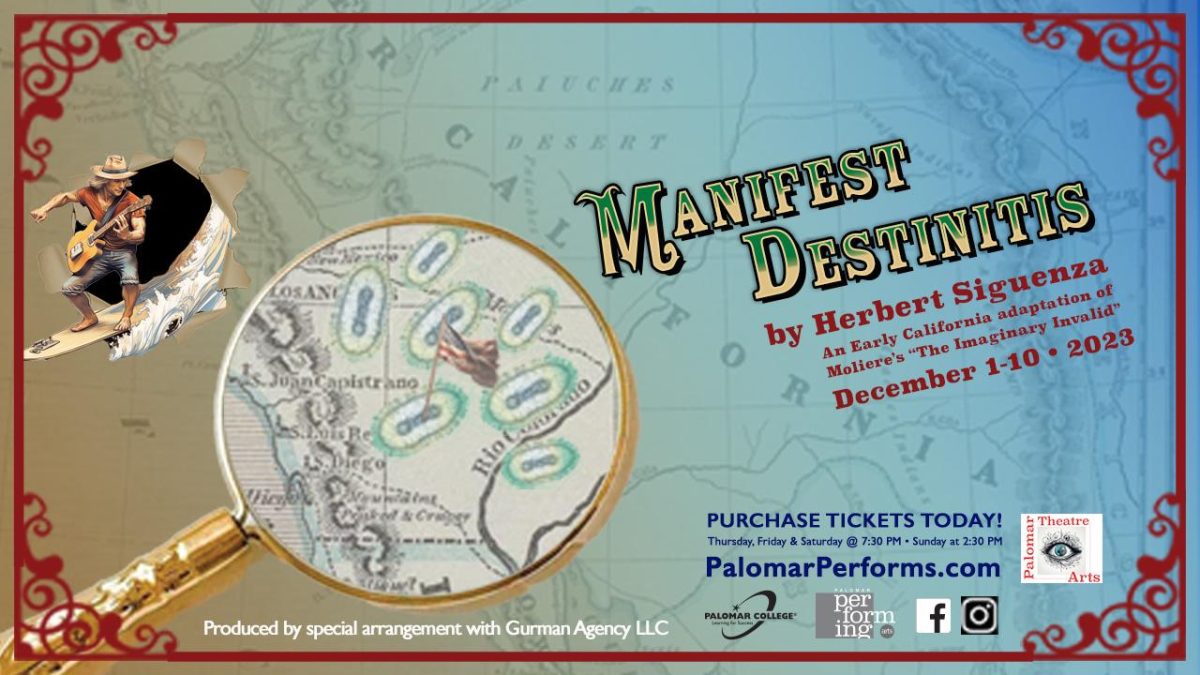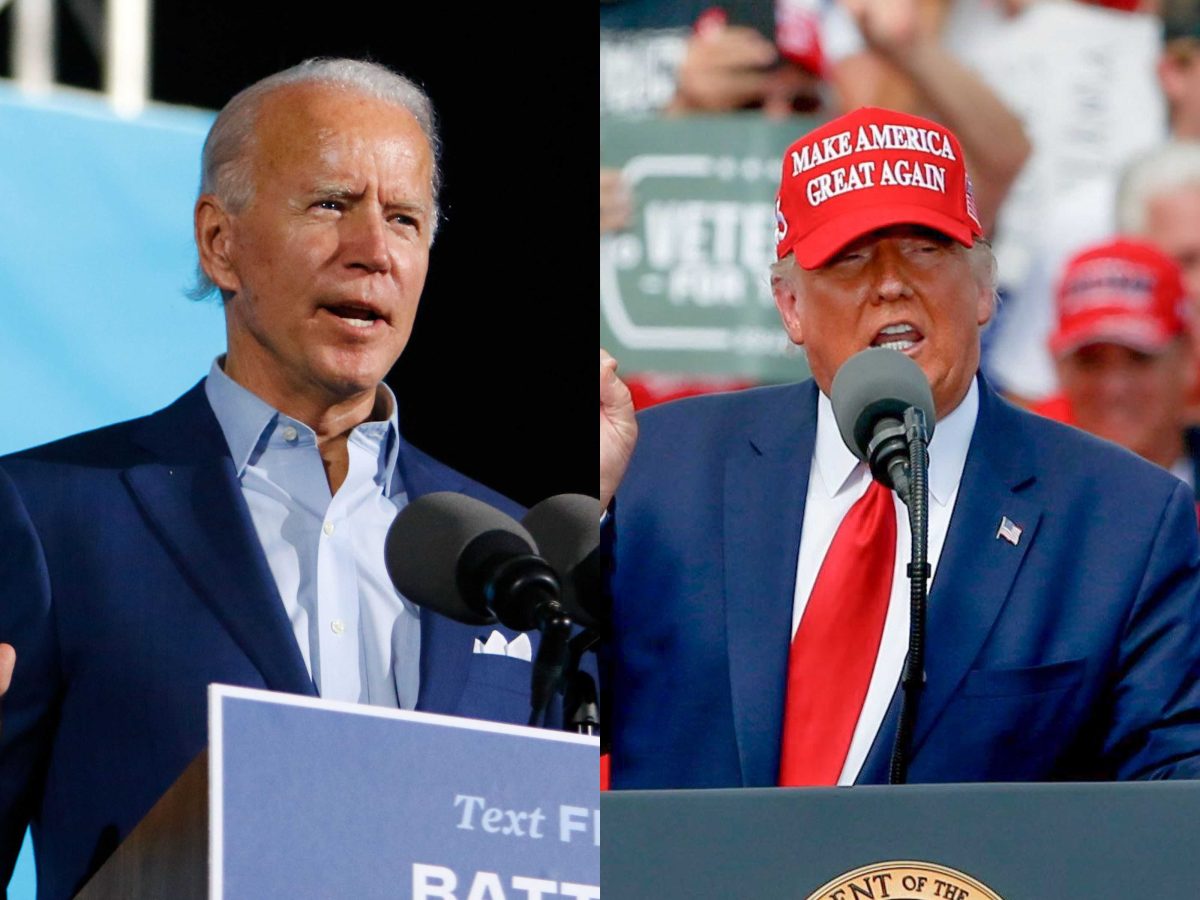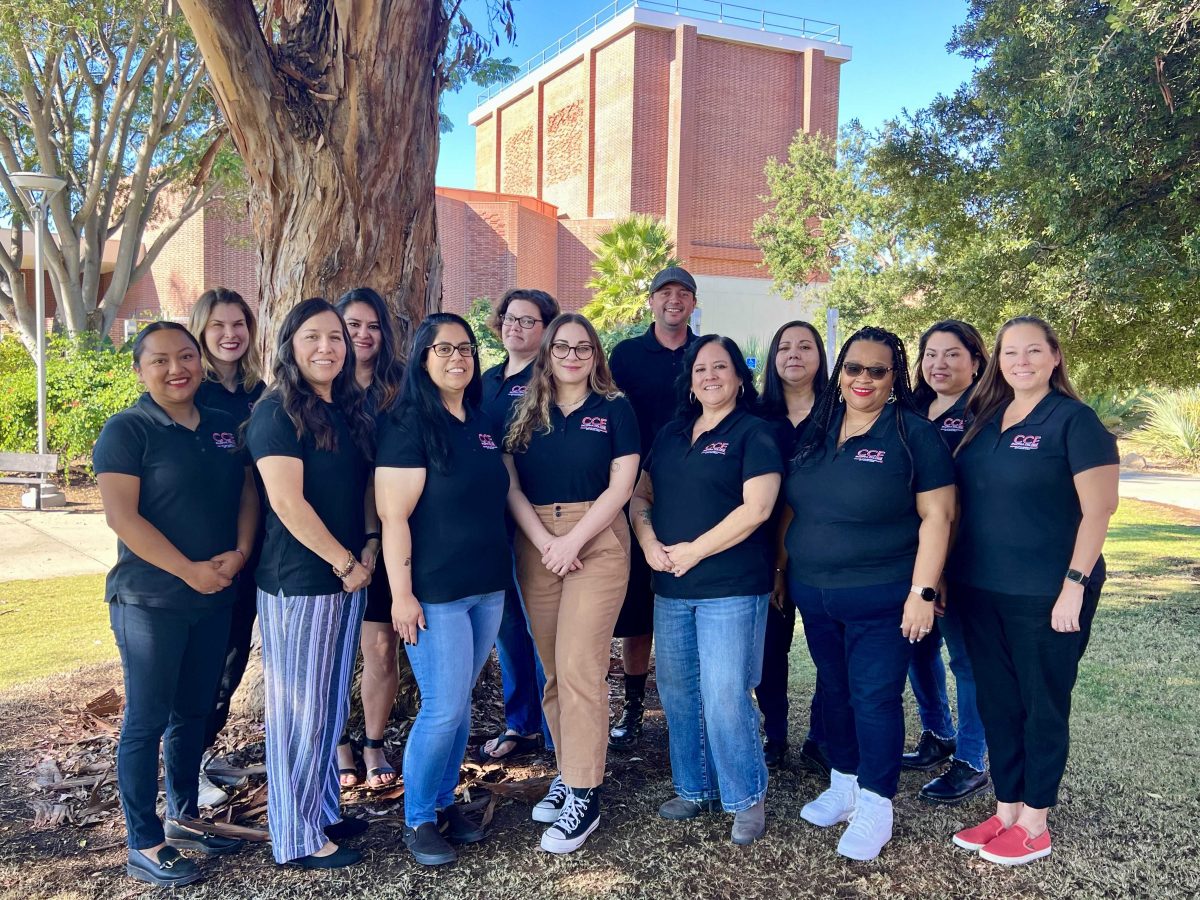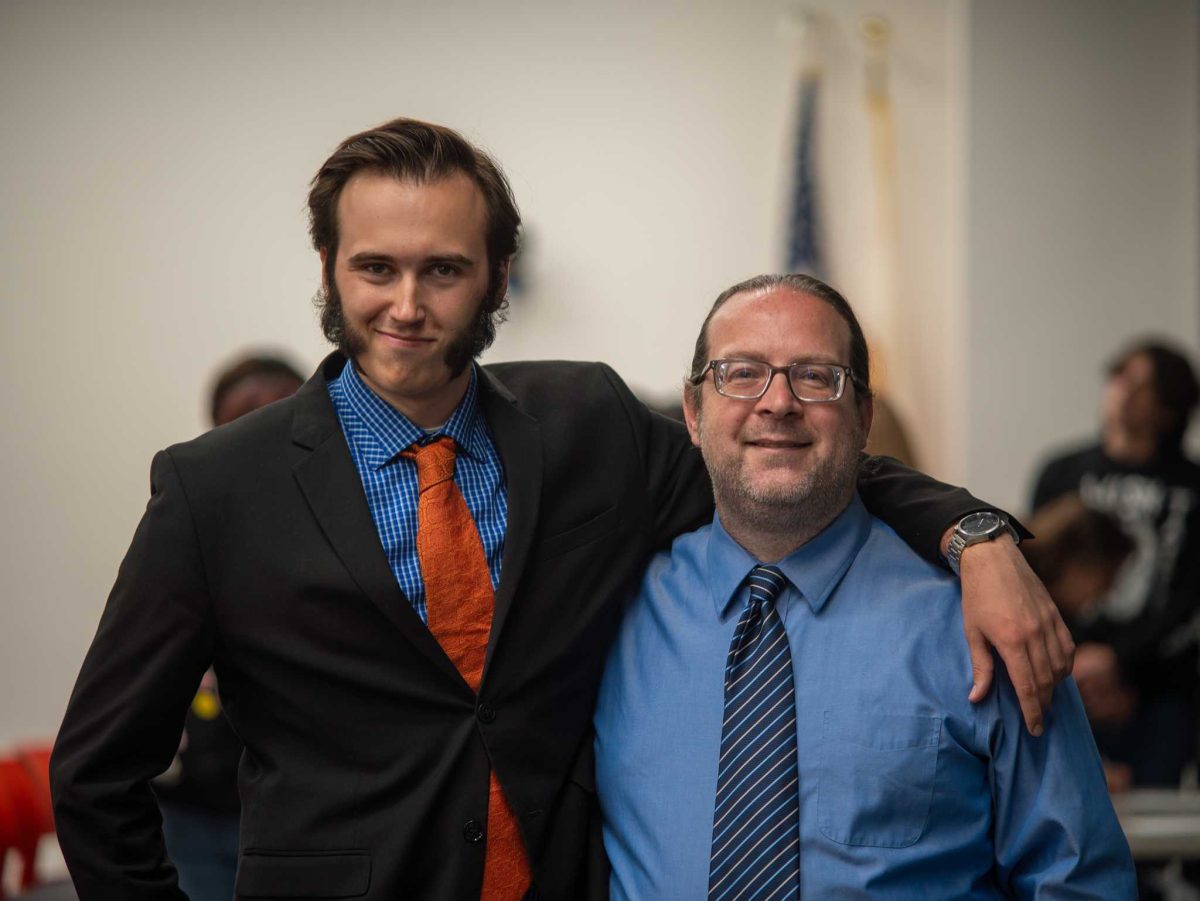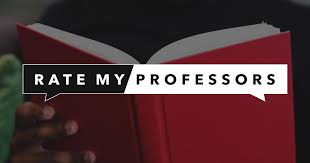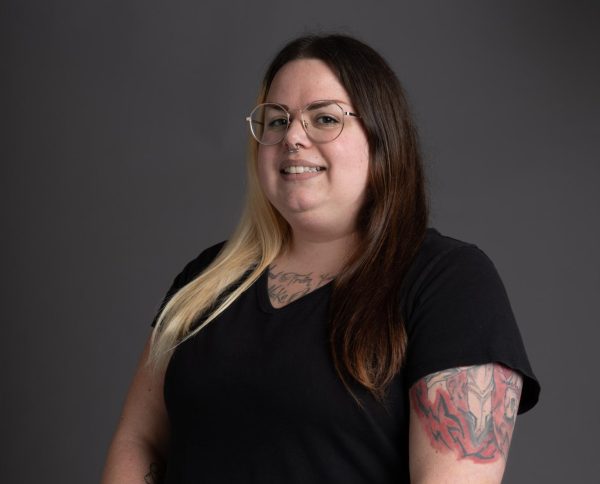From asking your phone for directions or telling your smart speaker to add broccoli to your shopping list, most people have experience with artificial intelligence. And while some people enjoy the assistance of A.I., artists have been questioning it recently.
A.I. art is art that is created digitally using artificial intelligence, and it’s done by uploading existing art into an algorithm that collects information and then creates its own design. The first piece of A.I. art was created in 1973 by Harold Cohen, a painter, and professor at the University of California, San Diego. Since then, the experimentation with A.I. art has been primarily done by researchers and professors.
Since, A.I. art has existed in the background of the art world, but recently, the discussion of it has been a popular one with artists. The question now is, “Why has it grown so popular?”
“I think it’s become more popular because it’s been more widely used by the general public,” said Grady Williams, a digital arts professor at Palomar College. “I don’t think most people were aware of the A.I. generation tool … because it was more research-based.”
One of the biggest contributors to the popularity of A.I. art is Lensa AI, an app that allows users to upload up to 10 pictures that the app combines into art using A.I. technology. The app was released in 2018, and since its launch, it has reached 22.2 million downloads worldwide, according to app analytics firm SensorTower.
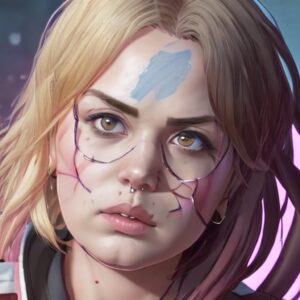
“A.I. art uses algorithms to pull thousands of images from the web and combine them,” said, Pixel Clark, a digital artist. “Meaning there is a high probability that any images created have actual human art that has been non-consensually used, aka stolen.”
As the app grew in popularity it also became a point of discussion for some artists because their art was being used by the software without their permission.
“There was never a conversation of ‘Can I use your art to teach my model how to create something similar to what you do?’” Williams said, “And I think that’s what really made a lot of artists upset.”
And while some artists are worried about A.I. art, Williams also said there are benefits to using it, including being able to quicken the process or generate new ideas, and that it can be used as a tool to create different forms of art. As for hesitations around A.I. art, Williams said he’s only worried that people may rely on its convenience.
“I don’t think artists need to be afraid of A.I. artwork, because there will always become a time when you need the human touch to make something feel authentic,” Williams said. “A.I. will always be able to generate fantastic images, but it will become homogenized.”


